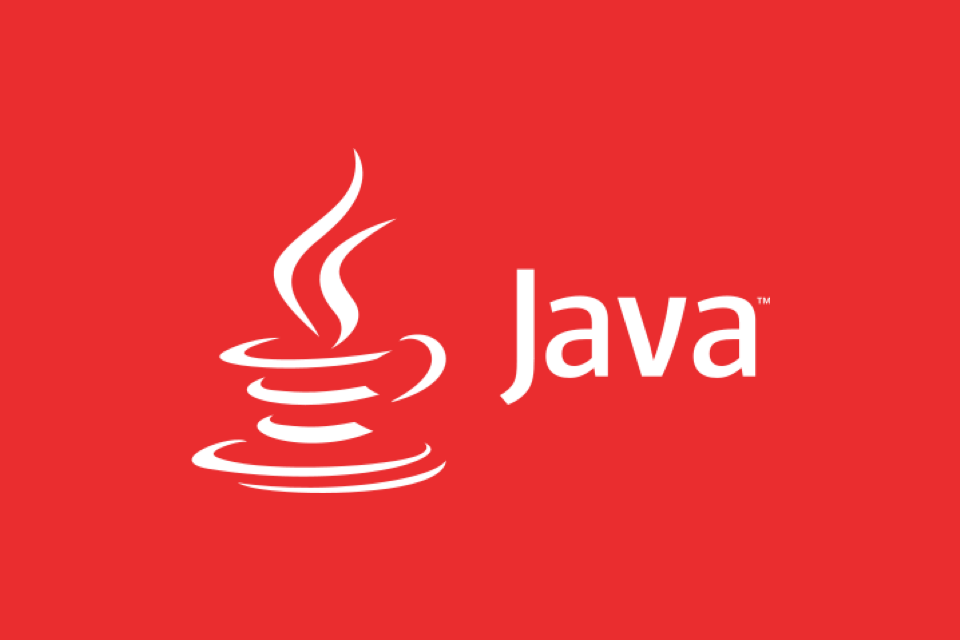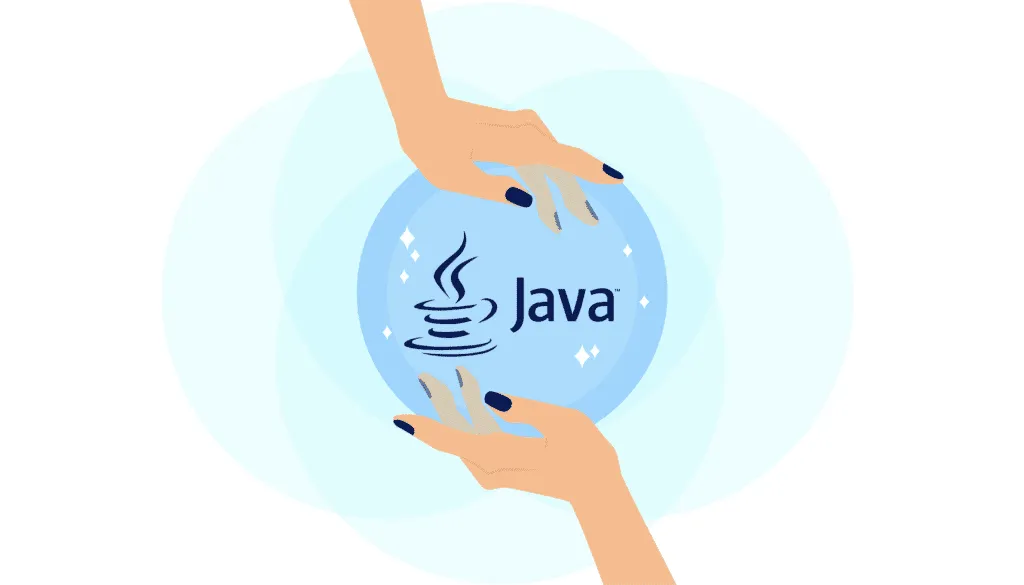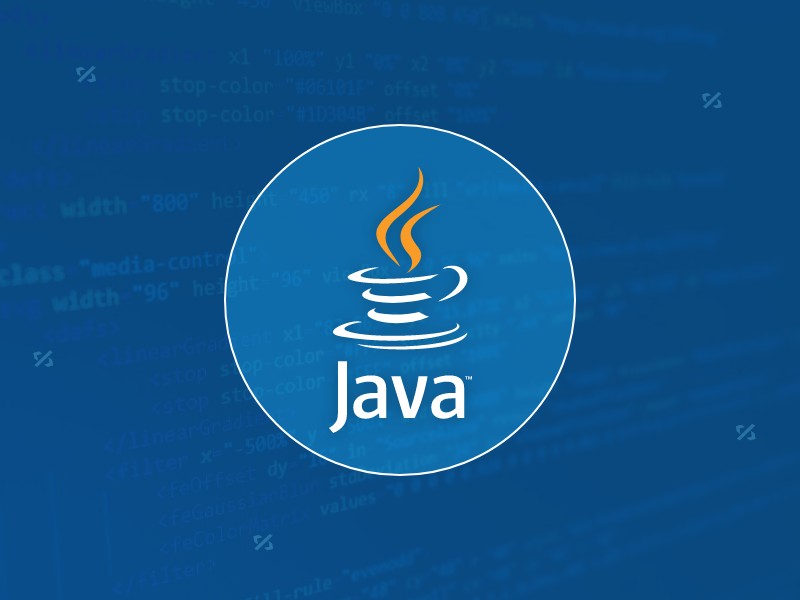Java REST API unit testing is used with MockMVC to efficiently verify interface behavior. 1. Initialize MockMVC. The most commonly used @WebMvcTest annotation to automatically configure it, or manually build it through MockMvcBuilders; 2. When simulating a request, HTTP methods such as GET and POST can be implemented through chain calls and combined with assertion verification results; 3. To handle authentication, spring-security-test can be introduced and users can be simulated using @WithMockUser; 4. Pay attention to common pitfalls such as controller scanning, JSON format, CORS impact and assertion methods.

When writing Java's REST API, unit testing is an inescapable link. Using MockMVC to do unit testing is a convenient and practical choice. It can simulate HTTP requests and verify interface behavior without actually starting the server, which is efficient and low-cost.

Here are some questions and practices you may be concerned about:

How to initialize MockMVC
The most common way to use MockMVC in your test is to load Spring MVC configuration via the @WebMvcTest annotation. This annotation will automatically configure the MockMVC instance and only load the Controller-related beans, excluding the database-related parts.
@WebMvcTest(MyController.class)
class MyControllerTest {
@Autowired
private MockMvc mockMvc;
} If you are using a complete context (such as an integrated database), you can also use MockMvcBuilders.webAppContextSetup(context).build() to build it manually.

How to simulate various types of requests
GET, POST, PUT, DELETE can all be easily simulated. MockMVC provides a chained call method, with clear structure and easy assertion to return results.
For example, I want to test a GET interface /api/users/123 :
mockMvc.perform(get("/api/users/123"))
.andExpect(status().isOk())
.andExpect(jsonPath("$.name").value("John"));If it is POST, with JSON data, you can write it like this:
mockMvc.perform(post("/api/users")
.contentType(MediaType.APPLICATION_JSON)
.content("{\"name\":\"Alice\"}"))
.andExpect(status().isCreated());A few points to pay attention to:
- To set the correct
Content-Type - The JSON string format must be correct, or you can use
ObjectMapperto convert objects - If there are path parameters, you can directly splice them, such as
{id}/api/users/{id}id}
How to handle authentication and safety verification
Many REST APIs require permission control, such as the login status of JWT or Spring Security. At this time, the request will be intercepted.
One solution is to introduce spring-security-test , then inject UserDetailsService into the test class or create a test user.
The sample code is as follows:
@WithMockUser(username = "testuser", roles = {"USER"})
@Test
void shouldAccessSecuredApi() throws Exception {
mockMvc.perform(get("/api/private"))
.andExpect(status().isOk());
}This annotation can simulate the behavior of a logged-in user and avoid manually adding tokens every time.
Frequently Asked Questions and Precautions
Sometimes the test cannot run, it is not a logic problem, but a wrong configuration. Here are a few common pitfalls:
- The controller is not scanned : Make sure
@WebMvcTestspecifies the correct Controller class, or check the component scan range. - JSON parsing failed : There is a problem with the JSON format returned or sent. It is recommended to use
ObjectMapperto construct the data instead of hard-write strings. - Cross-domain issues do not affect MockMVC : Because it is a mock request, the CORS setting will not take effect, but the real environment may error.
- Don't rely on log output to determine right or wrong : use
.andExpect(...)to clearly assert the status code, content, etc.
Basically that's it. MockMVC is a very practical tool. Although it is a bit long-winded at the beginning, it can write quickly after getting familiar with it and cover most scenarios.
The above is the detailed content of Unit Testing Java REST APIs with MockMVC. For more information, please follow other related articles on the PHP Chinese website!

Hot AI Tools

Undress AI Tool
Undress images for free

Undresser.AI Undress
AI-powered app for creating realistic nude photos

AI Clothes Remover
Online AI tool for removing clothes from photos.

Clothoff.io
AI clothes remover

Video Face Swap
Swap faces in any video effortlessly with our completely free AI face swap tool!

Hot Article

Hot Tools

Notepad++7.3.1
Easy-to-use and free code editor

SublimeText3 Chinese version
Chinese version, very easy to use

Zend Studio 13.0.1
Powerful PHP integrated development environment

Dreamweaver CS6
Visual web development tools

SublimeText3 Mac version
God-level code editing software (SublimeText3)

Hot Topics
 Difference between HashMap and Hashtable?
Jun 24, 2025 pm 09:41 PM
Difference between HashMap and Hashtable?
Jun 24, 2025 pm 09:41 PM
The difference between HashMap and Hashtable is mainly reflected in thread safety, null value support and performance. 1. In terms of thread safety, Hashtable is thread-safe, and its methods are mostly synchronous methods, while HashMap does not perform synchronization processing, which is not thread-safe; 2. In terms of null value support, HashMap allows one null key and multiple null values, while Hashtable does not allow null keys or values, otherwise a NullPointerException will be thrown; 3. In terms of performance, HashMap is more efficient because there is no synchronization mechanism, and Hashtable has a low locking performance for each operation. It is recommended to use ConcurrentHashMap instead.
 Why do we need wrapper classes?
Jun 28, 2025 am 01:01 AM
Why do we need wrapper classes?
Jun 28, 2025 am 01:01 AM
Java uses wrapper classes because basic data types cannot directly participate in object-oriented operations, and object forms are often required in actual needs; 1. Collection classes can only store objects, such as Lists use automatic boxing to store numerical values; 2. Generics do not support basic types, and packaging classes must be used as type parameters; 3. Packaging classes can represent null values ??to distinguish unset or missing data; 4. Packaging classes provide practical methods such as string conversion to facilitate data parsing and processing, so in scenarios where these characteristics are needed, packaging classes are indispensable.
 What are static methods in interfaces?
Jun 24, 2025 pm 10:57 PM
What are static methods in interfaces?
Jun 24, 2025 pm 10:57 PM
StaticmethodsininterfaceswereintroducedinJava8toallowutilityfunctionswithintheinterfaceitself.BeforeJava8,suchfunctionsrequiredseparatehelperclasses,leadingtodisorganizedcode.Now,staticmethodsprovidethreekeybenefits:1)theyenableutilitymethodsdirectly
 How does JIT compiler optimize code?
Jun 24, 2025 pm 10:45 PM
How does JIT compiler optimize code?
Jun 24, 2025 pm 10:45 PM
The JIT compiler optimizes code through four methods: method inline, hot spot detection and compilation, type speculation and devirtualization, and redundant operation elimination. 1. Method inline reduces call overhead and inserts frequently called small methods directly into the call; 2. Hot spot detection and high-frequency code execution and centrally optimize it to save resources; 3. Type speculation collects runtime type information to achieve devirtualization calls, improving efficiency; 4. Redundant operations eliminate useless calculations and inspections based on operational data deletion, enhancing performance.
 What is an instance initializer block?
Jun 25, 2025 pm 12:21 PM
What is an instance initializer block?
Jun 25, 2025 pm 12:21 PM
Instance initialization blocks are used in Java to run initialization logic when creating objects, which are executed before the constructor. It is suitable for scenarios where multiple constructors share initialization code, complex field initialization, or anonymous class initialization scenarios. Unlike static initialization blocks, it is executed every time it is instantiated, while static initialization blocks only run once when the class is loaded.
 What is the `final` keyword for variables?
Jun 24, 2025 pm 07:29 PM
What is the `final` keyword for variables?
Jun 24, 2025 pm 07:29 PM
InJava,thefinalkeywordpreventsavariable’svaluefrombeingchangedafterassignment,butitsbehaviordiffersforprimitivesandobjectreferences.Forprimitivevariables,finalmakesthevalueconstant,asinfinalintMAX_SPEED=100;wherereassignmentcausesanerror.Forobjectref
 What is the Factory pattern?
Jun 24, 2025 pm 11:29 PM
What is the Factory pattern?
Jun 24, 2025 pm 11:29 PM
Factory mode is used to encapsulate object creation logic, making the code more flexible, easy to maintain, and loosely coupled. The core answer is: by centrally managing object creation logic, hiding implementation details, and supporting the creation of multiple related objects. The specific description is as follows: the factory mode handes object creation to a special factory class or method for processing, avoiding the use of newClass() directly; it is suitable for scenarios where multiple types of related objects are created, creation logic may change, and implementation details need to be hidden; for example, in the payment processor, Stripe, PayPal and other instances are created through factories; its implementation includes the object returned by the factory class based on input parameters, and all objects realize a common interface; common variants include simple factories, factory methods and abstract factories, which are suitable for different complexities.
 What is type casting?
Jun 24, 2025 pm 11:09 PM
What is type casting?
Jun 24, 2025 pm 11:09 PM
There are two types of conversion: implicit and explicit. 1. Implicit conversion occurs automatically, such as converting int to double; 2. Explicit conversion requires manual operation, such as using (int)myDouble. A case where type conversion is required includes processing user input, mathematical operations, or passing different types of values ??between functions. Issues that need to be noted are: turning floating-point numbers into integers will truncate the fractional part, turning large types into small types may lead to data loss, and some languages ??do not allow direct conversion of specific types. A proper understanding of language conversion rules helps avoid errors.






